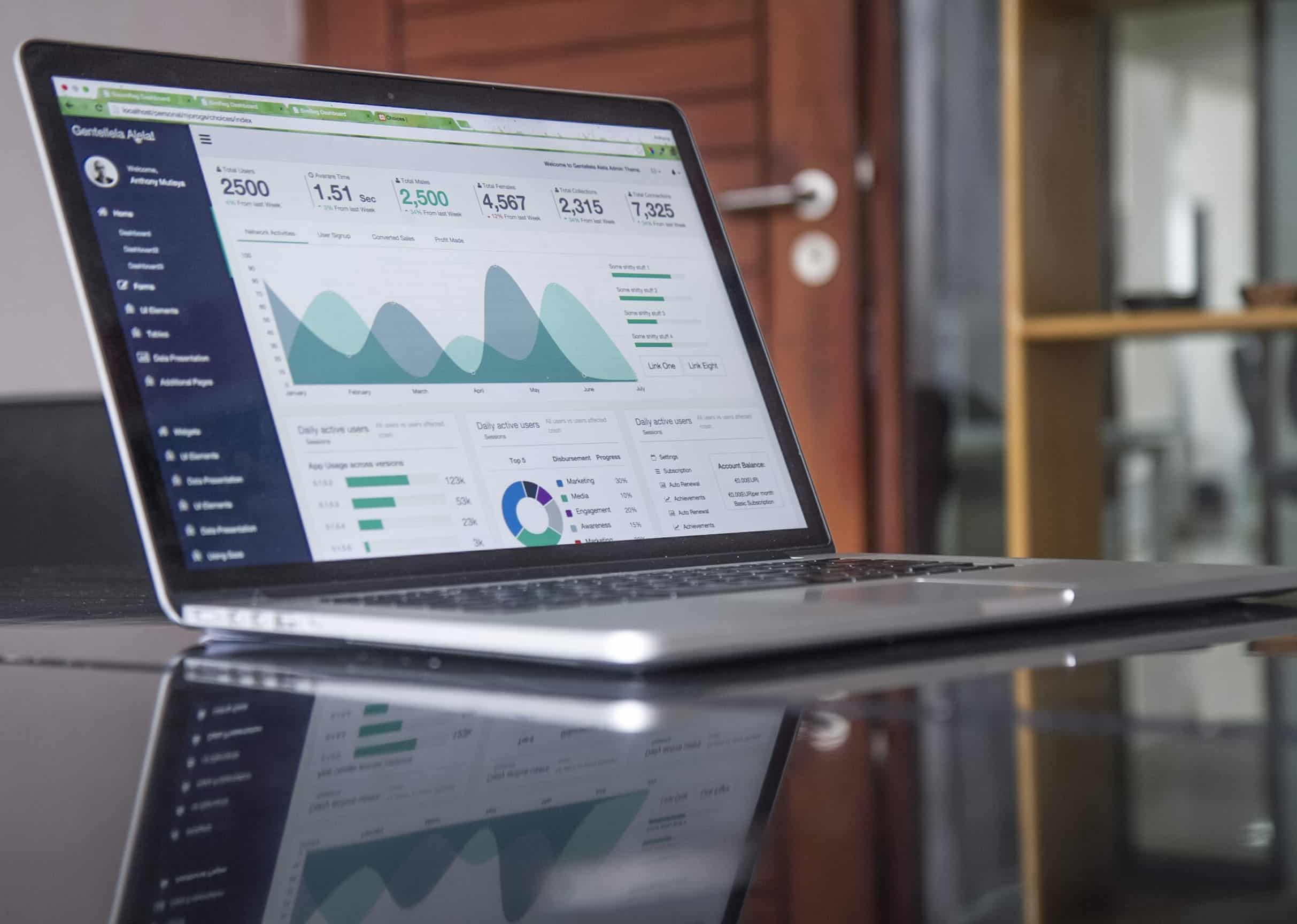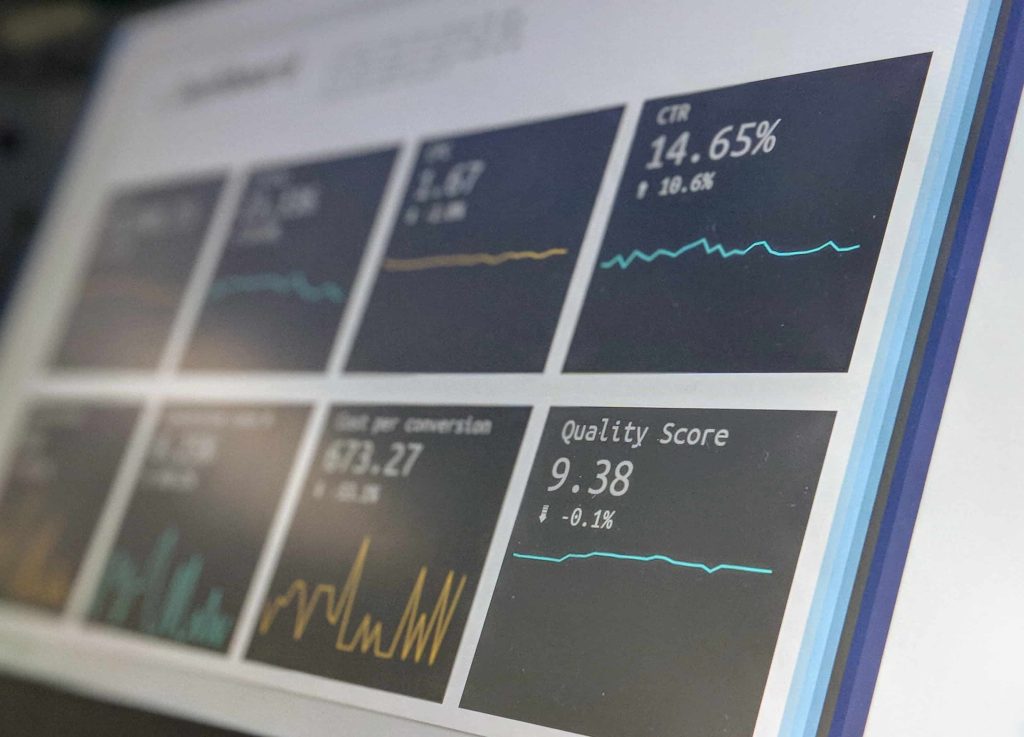PEST analysis: the basis for strategic planning

Strategic planning is a necessary element for achieving a company’s long-term goals. It involves developing strategy, setting priorities, as well as assessing the current environment and making forecasts. Regardless of industry, strategic planning plays a critical role in a company’s development.
One of the most important tools for business analytics and strategic planning is PEST analysis. Usually, this method is used before launching a major project or when preparing for large-scale changes in the company. This tool is used in marketing and allows you to assess the impact of external factors, identify potential threats and opportunities, and ultimately make rational decisions. Unlike SWOT-analysis, PEST does not take into account internal factors. In this article, we will look at the concept of PEST analysis and tell you how to conduct it and what benefits it can bring to a business.
PEST analysis is a strategic planning tool that helps to assess the macroeconomic and socio-cultural environment. The author of the method is Francis Aguilar, an American scientist in the field of strategic planning and general management. Back in 1967, he invented a macro environment research tool and gave it a name – ETPS. Later the method was renamed into the easier to pronounce PEST.
The acronym PEST stands for the following:
- Political;
- Economic;
- Sociocultural;
- Technological.
PEST analysis factors
In the research process, the listed external factors are applied, which allow to get a more detailed picture of the company’s development in the market. These fundamental attributes of the macro environment make it possible to form an overall assessment of the company’s position in the market. Let’s analyze a typical list of macro environment factors.
Political factors
Political factors can have a significant impact on a company’s business strategy, especially if it is entering a global market or operating in countries with a developed political system. Let’s take a look at the most significant political factors that companies should consider before making important strategic decisions:
- Laws and regulation: Companies must keep abreast of changes in laws and regulations that may affect their operations. This includes tax policies, safety standards, environmental regulations and other aspects that may affect the business.
- Political structure: Instability in the political environment, such as elections, protests or conflicts, can create uncertainty for business. Companies should assess what risks they may incur in the event of political change.
- Trade Policy: International trade relations and agreements such as tariffs, quotas and sanctions can significantly affect market access and price competitiveness of products.
- Geopolitical factors: Conflicts between countries or regions can pose risks to a business, especially if the company has operations in many countries.
- Domestic and Foreign Policy: Domestic political factors such as elections, changes in government policy or political scandals can also affect business, as well as a country’s foreign policy, which can affect relations with other countries.
- Regulatory Impact: Which agencies and government authorities may regulate the industry in which the company operates and what actions they may take. Important for predicting potential changes in the industry.
With these and other political factors in mind, companies can develop strategies that recognize the potential risks and opportunities associated with the political environment and adapt their actions in response to the changing environment.
Economic factors
Economic factors play an important role in a company’s strategic decision making. They can have a significant impact on a company’s financial performance and competitiveness. Here are some of the key economic factors that a company should consider:
- Economic Cycle: Economic activity can be in different phases of the cycle, such as growth, decline, stagnation or recovery. Understanding the current phase of the cycle helps a company adapt its strategy and calculate its budget.
- Inflation: Inflation affects the purchasing power of consumers and the cost of resources and raw materials. Companies must take inflation into account when pricing products and services.
- Interest rates: The level of interest rates affects the cost of credit, investment and capital expenditures. High interest rates can increase borrowing costs.
- Currency risk: If a company has international operations or is dependent on imports/exports, currency fluctuations can severely affect its profits.
- Market Trends: Analyzing market trends, such as increasing or decreasing demand, changes in consumer preferences and trends in innovation, is important for adapting the strategy to the current situation.
- Resource prices: The cost of raw materials and energy can affect production costs and the price competitiveness of products.
- Labor Market: Unemployment rates, average wages, and labor mobility can affect the availability and cost of labor.
By taking these economic factors into account, companies can develop strategies that take into account the current economic environment and increase their competitiveness and resilience in the face of change.

Sociocultural factors
We should not forget about the influence of society itself and its cultural peculiarities. Sociocultural factors play an important role in the development of a company’s strategy, especially in the context of interaction with customers, partners and staff. Let’s look at the most significant socio-cultural factors that should be taken into account:
- Demographics: This factor includes the age, gender, ethnic composition, social and economic status of the population. Knowing demographics allows a company to tailor its products and marketing strategies to meet the needs of different consumer groups.
- Cultural sensitivity: Differences in cultural values, norms and customs can influence customer demand and behavior. Companies should take local cultural sensitivities into account when developing products and marketing campaigns.
- Consumer preferences: Understanding what consumers value and expect from products and services helps create products with higher demand.
- Education and Skills: The availability of skilled labor and the level of education in a region can influence a company’s location decisions and hiring strategies.
- Social movements: Movements and social initiatives can impact business, including sustainability, social responsibility and equality issues.
By taking these factors into account, companies can better tailor their products, services and marketing strategies to the realities of society. This will help attract and retain customers and maintain positive relationships with clients, partners and employees.
Technological factors
The level of technological development of the state and society has a significant impact on a company’s strategic decisions not only in the digital sphere, but also in traditional industries. Here are some of the important technological factors that a company should take into account:
- Innovation: The rapid development of new technologies and innovations can create both opportunities and threats. It is important to keep an eye on new technology trends and assess how they can use innovation to improve products and services.
- Information security: While digitalization makes it easier to share data and speed up transactions, it also leaves companies vulnerable to cyberattacks and leaks of valuable information. Information protection and cybersecurity are becoming increasingly important aspects of strategy.
- Internet of Things (IoT): Connected devices and the IoT provide new opportunities for collecting data, managing processes, and creating entirely new products and services.
- Artificial Intelligence (AI): AI and machine learning help improve data analytics, automate processes, and increase business efficiency.
- Cloud computing: Cloud computing provides access to computing resources and data storage, which can increase flexibility and reduce IT infrastructure costs.
- Big Data: Analyzing big data helps companies identify trends, predict demand, and make more informed strategic decisions.
- Mobile Technology: The proliferation of mobile devices and applications is changing the way we interact with customers and markets.
With these and other technological factors in mind, companies can develop strategies customized to today’s technological opportunities and challenges to remain competitive.

Varieties of PEST analysis
Over time, the methodology has undergone some changes and additions, resulting in different varieties such as PESTEL, PESTELI and LONGPEST. Let’s look at each of them in more detail:
PESTEL
PESTEL analysis extends the classical PEST analysis by adding two additional factors:
- Ecological: Help determine how environmental conditions affect the business. These factors include climate change, environmental laws and regulations, sustainability and energy efficiency.
- Legal: Include legislation and legal acts that may affect the business. For example: labor laws, tax laws, antitrust laws, consumer protection, competition rules and other legal aspects.
PESTEL analysis allows a more complete and comprehensive assessment of the external environment and takes into account additional aspects such as environmental and legal factors.
PESTELI
PESTELI analysis, in turn, adds another component to PESTEL:
- Industry analysis: This aspect takes into account the specific factors and characteristics of the industry in which the company operates. This may include industry standards, industry innovations, trends and the competitive environment.
PESTELI analysis emphasizes the unique aspects of an industry and helps to better understand how external factors can impact a particular industry.
LONGPEST
LONGPEST analysis, or long PEST analysis, is an extended version of it that involves conducting a study of the external environment at different levels: local, regional and national. This analysis can be customized to fit the unique needs and characteristics of a company or situation.
Each of these types of PEST analysis provides a broader view of the macro-environment and helps companies choose the best strategy for the next few years. The choice of a particular type depends on the company’s objectives and context.

PEST analysis procedure
To successfully conduct a PEST analysis, there is a step-by-step algorithm broken down into several steps. Here are detailed instructions on how to conduct the analysis:
1. Information gathering
Gather data on political, economic, socio-cultural and technological factors that may affect your business. Information can be obtained from a variety of sources such as news resources, reports from analytical agencies, statistical data, and more.
2. Impact assessment
Evaluate which of the collected factors could have the greatest impact on your business. Use a scale of 1 to 5, with 1 representing a very low level of impact and 5 representing a very high level of impact. Rank each specific factor according to its importance to your company.
Don’t forget to consider the likelihood of change. On the same scale, rate from 1 to 5 the likelihood that each factor will change in the coming years. A high probability of change means that the factor is more likely to change.
3. Tabulation
So, after assessing the impact and likelihood of change of each factor, create a summary table or PEST matrix to visualize the overall impact and likelihood of change. This will help prioritize factors and develop strategies to adapt to potential changes in the external environment.
4. Compiling a list of threats and opportunities
Based on the analysis, identify potential threats and opportunities for your business. Threats may include changes in legislation, while opportunities may include new market segments or technological innovations.
5. Strategy development
Based on the threats and opportunities identified, develop strategies that will enable your business to adapt to the changing external environment. This may include changes in products, marketing strategies or geographic expansion.

How to collect data
Gathering information for a PEST analysis requires a comprehensive study of various aspects of the external environment. Let’s consider typical sources of information that should be relied upon when conducting a PEST analysis.
Political Sources:
- Official government and authority websites where laws, decrees and regulations are published.
- Publications and reports by political analysts and experts.
- News sources including politics and international affairs news.
Economic sources:
- Economic reports and forecasts from banks, financial institutions and analytical agencies.
- Official statistics such as inflation, unemployment rate, etc.
- Financial statements of companies, especially those that are your competitors.
- Trade and economic publications.
Sociocultural Sources:
- Demographic data such as population, age, gender, education and income.
- Public opinion research and surveys conducted by sociological institutes.
- Reports and publications on current sociocultural trends and changes in consumer behavior.
- Official data and research on education, culture, and societal trends.
Technological sources:
- News sources and publications related to the latest technological advances and innovations.
- Reports and studies of technology institutes and firms.
- Information on patents and intellectual property related to your industry.
When gathering information for a PEST analysis, it is important not only to rely on a single source, but also to consider a variety of perspectives and approaches. In addition, regularly updating information and monitoring changes in the external environment will help to keep the analysis relevant and orient the business strategy to new conditions.

How to conduct a PEST analysis
The time period for which a PEST analysis is designed may vary depending on the specific organization and its strategic needs. Usually, the study is performed with an indicative horizon of 3-5 years ahead. This period allows the company to establish the impact of external factors on the long-term strategy and prepare for changes.
It is recommended to update the data at least once a year. However, there are situations where more frequent updating of the PEST analysis may be necessary. For example:
- Dynamic industries: In some rapidly changing industries, such as technology or digital marketing, you may need to update your PEST analysis more frequently to keep track of technology trends.
- Crisis situations: In the event of economic crises, political changes or other events that may significantly affect the business, the PEST analysis may need to be updated on a shorter timeframe.
- Significant strategic change: Suppose an enterprise plans to make a significant change. As an example, introduce a new technology in production. Then the results of the analysis need to be updated to reflect these changes.
Conclusion
PEST analysis is a necessary tool for business, which allows to assess the impact of political, economic, socio-cultural and technological factors on the company’s activities. Conducting this analysis helps a business to be flexible and quickly adapt to changes in the external environment. It is an integral part of strategic planning and allows a business to successfully meet its objectives.



